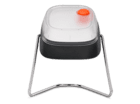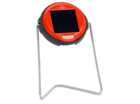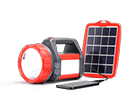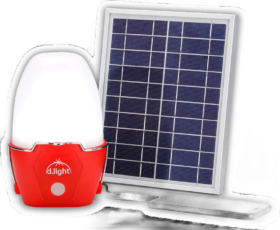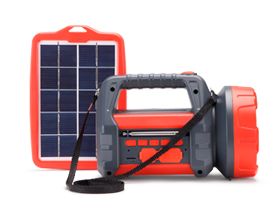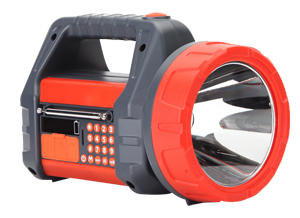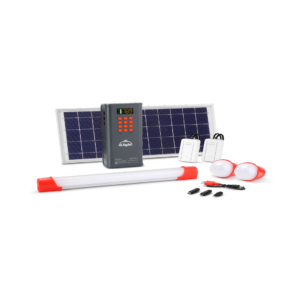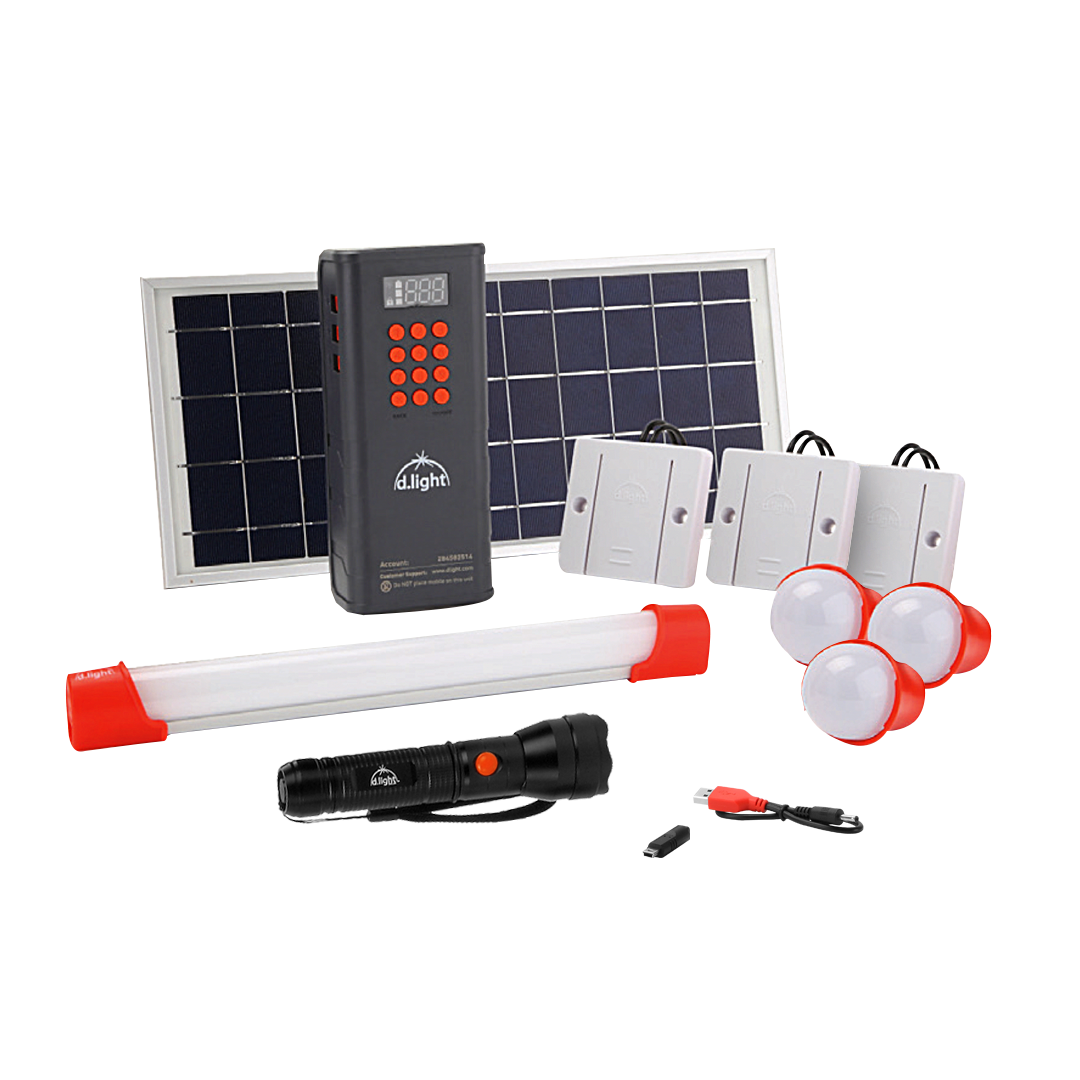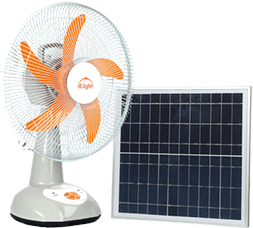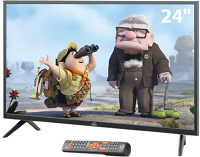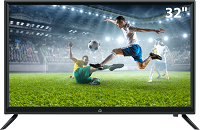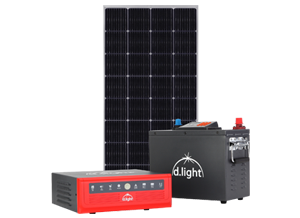Behind the scenes of d.light’s user-centered design approach
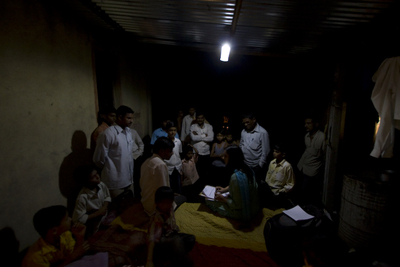 Since the founding of d.light, the company’s product designers, salespeople, and executives have spent hundreds of hours in countries across Asia, Africa, South and Central America, the Caribbean, and the Pacific Islands, speaking with off-grid families and observing their daily activities. They ask questions such as: Are you able to access electricity? What do you use for light? What activities do you do at night? What matters most to you when you make a purchasing decision? Co-founders Ned Tozun and Sam Goldman have even spent nights in village huts, determined to be fully immersed in the life experience of potential customers.
Since the founding of d.light, the company’s product designers, salespeople, and executives have spent hundreds of hours in countries across Asia, Africa, South and Central America, the Caribbean, and the Pacific Islands, speaking with off-grid families and observing their daily activities. They ask questions such as: Are you able to access electricity? What do you use for light? What activities do you do at night? What matters most to you when you make a purchasing decision? Co-founders Ned Tozun and Sam Goldman have even spent nights in village huts, determined to be fully immersed in the life experience of potential customers.From the first prototype until today, this user-centered design approach has defined the development of the company’s portable solar-powered lamps, mobile phone chargers, and solar home systems. User-centered design puts the needs, wants, and limitations of end users at the forefront in every stage of the design process. Each d.light product is designed to address the most important needs and desires of their customers, and to fit seamlessly into their daily life.
“There’s no substitute for having spent months, day in and day out, living with your potential customer,” says Sam Goldman. “We know what specific features our products require to meet people’s’ needs in a meaningful way.”
Prior to the launch of d.light, the solar lamps available in unelectrified areas were underpowered, low quality, and unreliable. The products did not substantially improve users’ lives and did not provide enough value for them.
In addition to providing high-quality and affordable products, d.light has helped shape the very process by which those products are developed. The company applies the best, most innovative design principles to create products for underserved, base-of-the-pyramid families around the world.
Sam and Ned met at the Stanford Graduate School of Business and together took a class at the renowned Stanford Design School, also known as the d.school. The class was so influential in shaping Sam and Ned’s approach to user-centered product development that they incorporated it into the name of their company: d.light.
“We were immersed in a course called “Design for Extreme Affordability.” It set us on the path to make d.light products high functioning and high quality but most importantly, to be affordable to the populations we wanted to serve,“ remembers Ned Tozun.
User-Centered Design in Action
When d.light develops a new product prototype, it invites customers to try the product and provide feedback as early in the process as possible. Just recently, d.light enlisted research agencies in Kenya and India to recruit people to try an early product prototype in their homes.
Eva Hoffman, Design Director at d.light, explains the process. “We specifically selected homeowners with little or no electricity to see the impact that well-powered solar lamps and mini-grids could have on them. After capturing ‘first-impression feedback,’ we left the prototypes so the families could get the full experience and offer even more input.”
Over the course of several days, the d.light team returned numerous times to these families and collect their running lists of suggestions, likes, and ideas. Based on that initial information, the product designers refined the prototypes and re-introduced them to these homes to receive deeper, more applicable feedback.

“The technology of solar panels, LEDs, and batteries are changing so quickly today that we’re now able to innovate our products about every two years,” says Sam. Upgrades to products can include brighter light, improved color, and higher battery efficiencies.
Eva appreciates seeing how individuals who have never used solar power before respond to the products. “The prototypes definitely spur a sense of fascination. First you can see the interest on their faces. Then they pick up the prototype and walk around their house and living areas showing us what they’ll use it for—where in their home, and when in their daily living and working[1] that solar lanterns will become a big help. Then it suddenly sinks in that by switching to solar, they can adopt a safer, much cheaper kerosene-free life,” she explains. “And that’s the best part of our day.”
One insight the d.light team has realized over the years is that the most appealing product features are often not what customers expressly suggest but instead capture their aspirations. For example, the lights that come with the d.light solar home system have big white wall switches have led to an overwhelmingly positive customer response. Why? They replicate a feature that is standard with conventional home electricity.
“We gain so much insight from our customers and are committed to working with them to make the highest quality solar products in the world. Our customers have been our partners, playing an integral role in helping us design these products to be attractive and high-functioning. We look forward to much more collaboration as we continue to innovate and develop new products,” says Ned.

